Equipment
Ping launches Sigma G putters… and there’s something for everyone

Ping has launched a new line of putters called Sigma G, which features 15 new models. It’s described as a game-enjoyment line by the company, and uses a “summation of knowledge” from the company’s history; thus “Sigma,” meaning summation in mathematics terms.
“The Sigma G putters represent an exciting new technology that continues our long-standing commitment to engineering putters that feel and look great but perform even better,” said John A. Solheim, Ping Chairman and CEO. “The combination of the high-grade elastomer and fully machined aerospace-grade aluminum over the entire face delivers an amazing feel and sound. And with improved ball-speed consistency and forgiveness, golfers will make more putts than ever. We’re also introducing several new designs that offer a variety of looks to fit every golfer’s stroke and eye.”
This is the third putter family in the company’s past to use G in its name, following Ping’s G2 and G5 lines. Specifically, the Sigma G line replaces Ping’s Cadence line of putters, which had a variety of head weights to meet the needs of a wide range of golfers.
The Sigma G putters offer both heavy and light headweight options, and just about any head shape a golfer could want. The extensive options will make fitting easier, Ping says, allowing more golfers to find a putter for their stroke. Eight brand-new putter models are also a part of the Sigma G line, as well as seven other models that will be familiar, but are slightly adjusted.
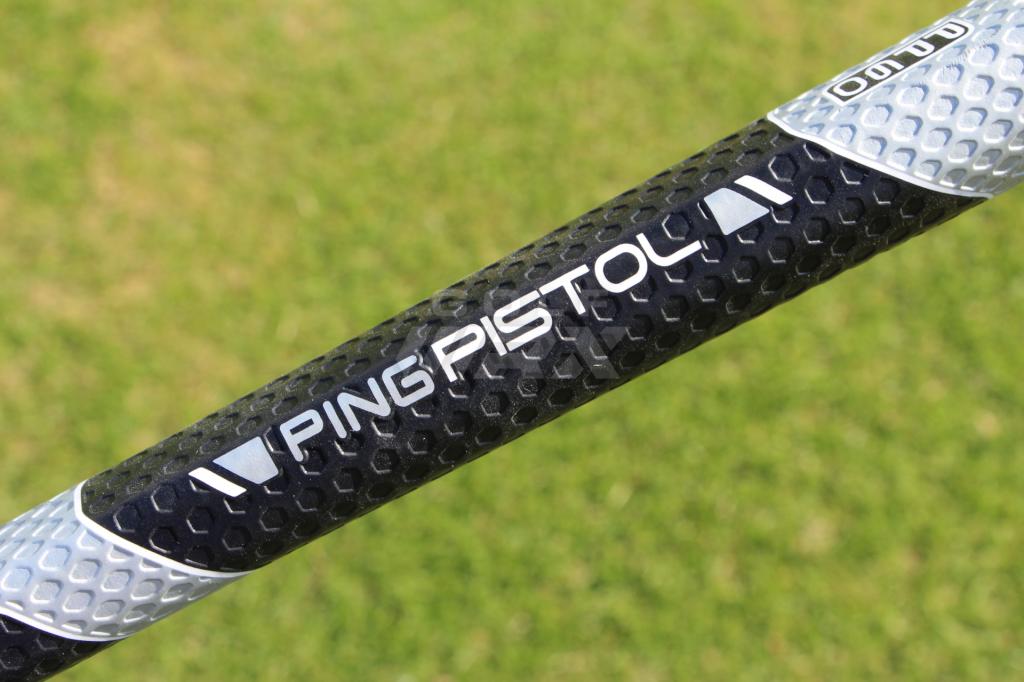
Ping’s PP60 putter grip, which comes stock on all Sigma G putters. Also available is a larger PP-62 grip, which has a shape that’s more round.
Throughout the line, you’ll notice two different finishes: platinum and a black nickel. The bodies of the putters are precision cast from 17-4 stainless steel and have an anodized aluminum face inserts. Putters with dark finishes have light faces, while the putters with light finishes have dark faces. The putter faces have the company’s True Roll grooves that were made to produce a slightly louder sound at impact than previous iterations without losing performance and feel.
The Sigma G putters are currently available for pre-order. Blade-style putters will sell for $195, mallet-style putters will sell for $215 and counter-balanced models will sell for $235. Adjustable-length shafts are available for an upcharge of $35.
Tess
The Tess is what you’d consider a traditional blade with no sightline. It’s made for golfers with a strong arc and release.
B60
The Sigma G B60 takes the B60, one of Ping’s “most famous and top-selling putters,” and adds a modern look with a “sweeping back chamfer.” It still has the classic, heart-shaped back cavity, however, a design that Ping stresses makes it easier to scoop your ball from the surface.
Anser
A head shape that needs no introduction has a slightly larger footprint than previous iterations. It’s said to have a higher MOI (moment of inertia), which means more forgiveness for the game-improvement player.
D66
Inspired by D66, Voss and ZBS models from the company’s past, the new Sigma G D66 has a back cavity that’s the width of a golf ball and is designed for golfers who focus on the center cavity and sightline.
Kinloch
This new blade-style model mixes designs from the Anser with a styled ballast, center cavity and back surface geometry, according to Ping, which “converge toward the target” for better alignment.
Piper 3
Based on Tour feedback, Ping’s Sigma G Piper putter has a remodeled mid-slant hosel and half-shaft offset.
Kushin
The Sigma G Kushin is inspired by Ping’s original Kushin putter. It’s a blade-style putter that has a double-bend shaft and half-shaft offset.
Shea H
The Shea H takes a classic, mid-mallet Ping design and adds a top-rail notch alignment, a more defined cavity and a smoother hosel transition.
Kinloch C
The Kinloch C, which stands for “center shafted,” is what Ping calls a “bold, simple and strong new mallet.”
Kinloch CB
Ping also offers the Kinloch-style putter in a 400-gram, counter-balanced design for those who need added stability.
Ketsch B
This new model from Ping features three sight lines, the outer two of which frame the outside edges of the golf ball. The Ketsch B is somewhat of a hybrid between a blade putter and a mallet.
Darby
As a smaller mallet, the Darby has a bordered sightline that’s framed by “micro-lines” and clean heel and toe surfaces to better frame the golf ball.
Tyne
This new model is designed for greater forgiveness. It has a tall face with heel and toe wings that drive up MOI (moment of inertia, a measure of forgiveness).
Wolverine T
The Wolverine T putter uses a T-alignment system that has a sightline surrounded by micro-lines for better aim.
Doon
The Doon is a counter-balanced putter that’s made to be long front-to-back for more stability. It has a long sightline that offers a different look.
See what GolfWRX Members are saying about Ping’s new Sigma G putters in our forum.
- LIKE153
- LEGIT17
- WOW12
- LOL6
- IDHT5
- FLOP9
- OB2
- SHANK36
Whats in the Bag
Kris Kim WITB 2024 (May)

- Kris Kim what’s in the bag accurate as of the CJ Cup Byron Nelson. More photos from the event here.
Driver: TaylorMade Qi10 (9 degrees @7)
Shaft: Mitsubishi Tensei 1K White 60 TX
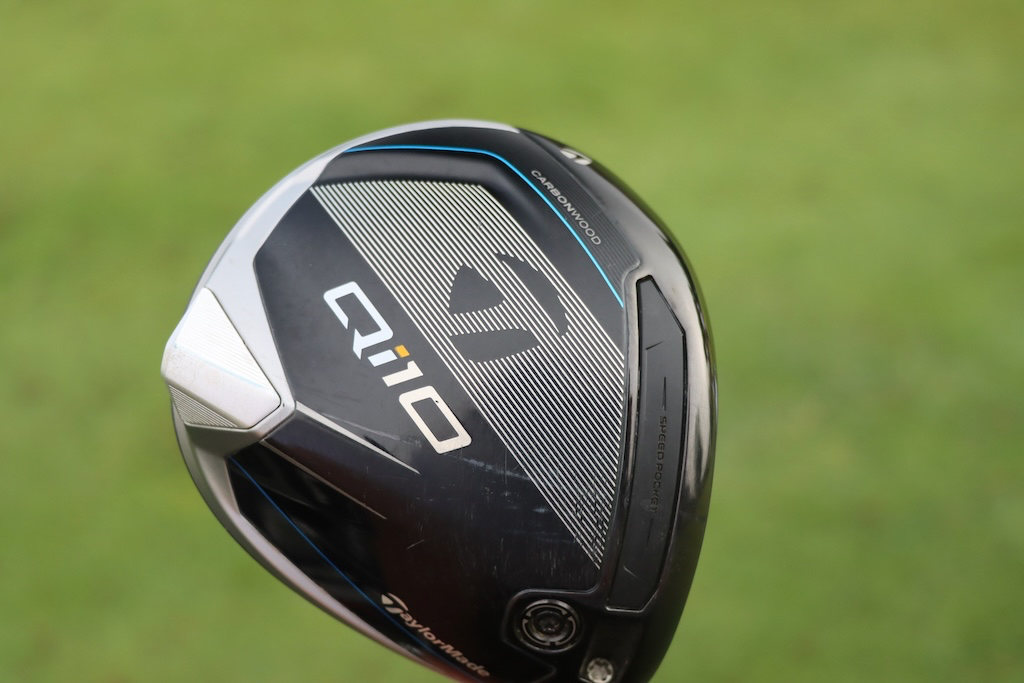

3-wood: TaylorMade Qi10 Tour (15 degrees @13.5)
Shaft: Mitsubishi Diamana WB 73 TX
Irons: TaylorMade P770 (2, 4), TaylorMade P7MB (5-PW)
Shafts: Mitsubishi Tensei 1K White 80 TX (2), Nippon N.S. Pro Modus3 Tour 120 X
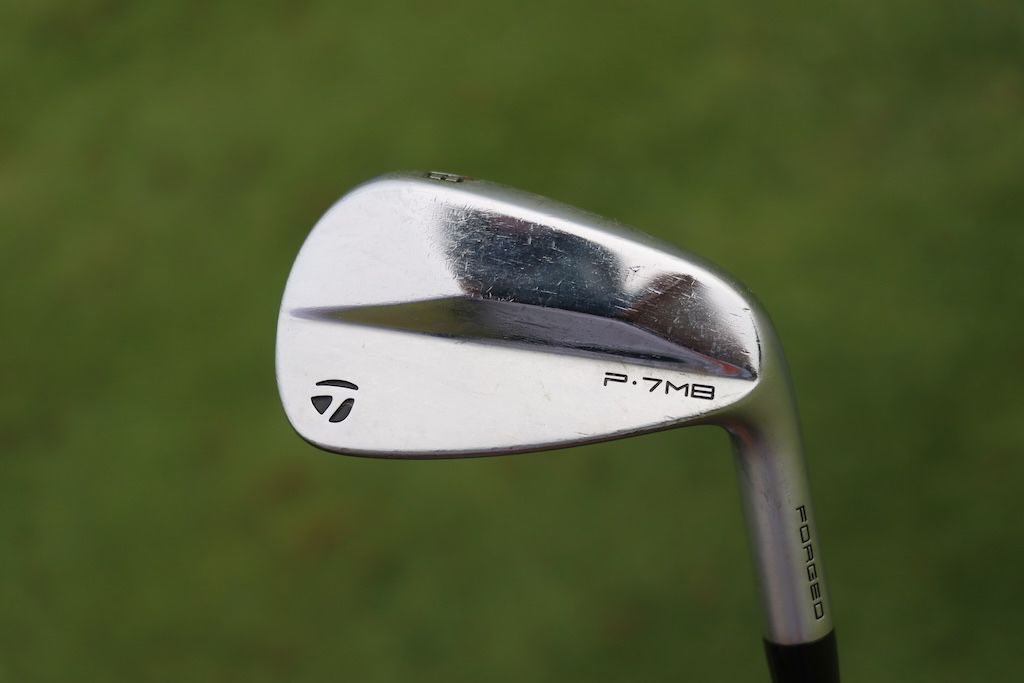

Wedges: TaylorMade MG4 (50-09SB, 56-12SB, 60-11TW)
Shafts: Nippon N.S. Pro Modus3 WV 125
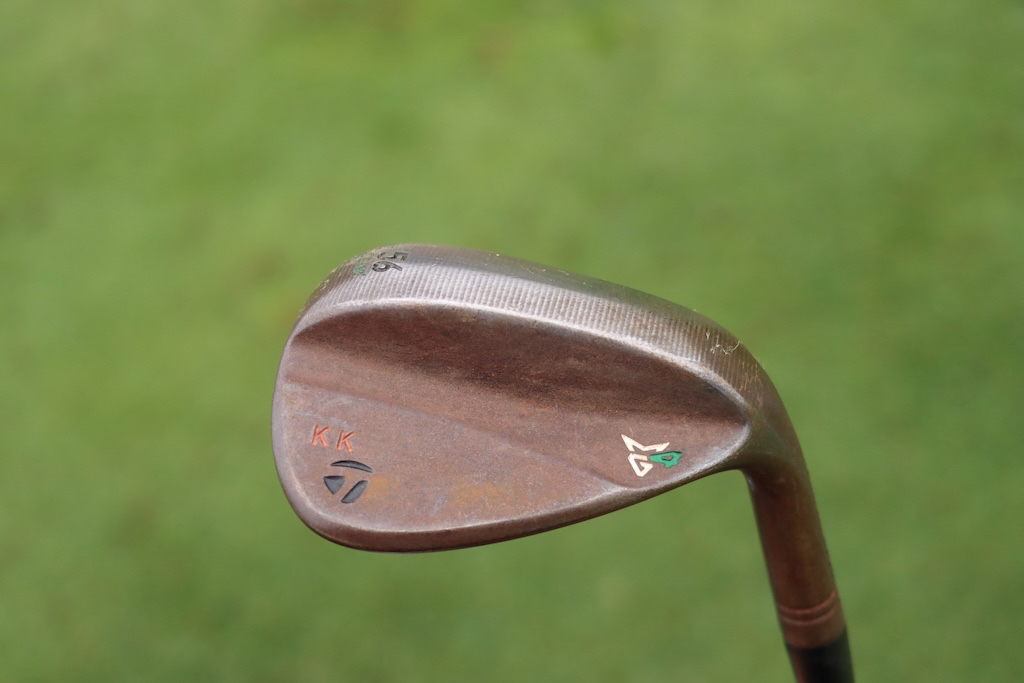

Putter: TaylorMade Spider Tour
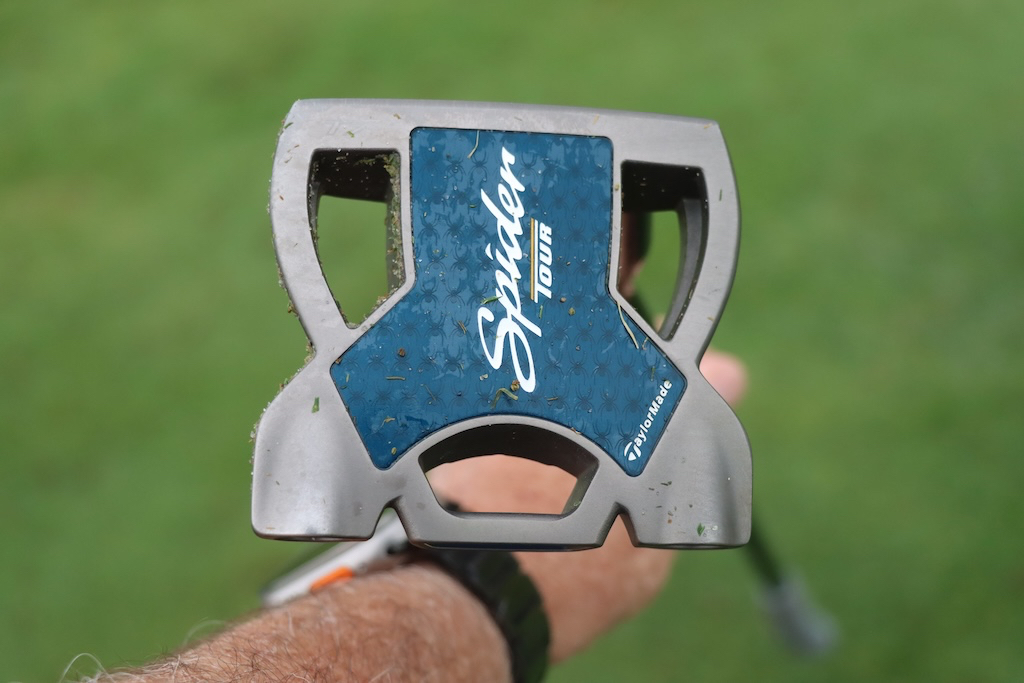
Grips: Golf Pride Tour Velvet Cord
Check out more in-hand photos of Kris Kim’s equipment here.
View this post on Instagram
- LIKE0
- LEGIT0
- WOW0
- LOL0
- IDHT0
- FLOP0
- OB0
- SHANK0
Equipment
Welcome to the family: TaylorMade launches PUDI and PDHY utility irons
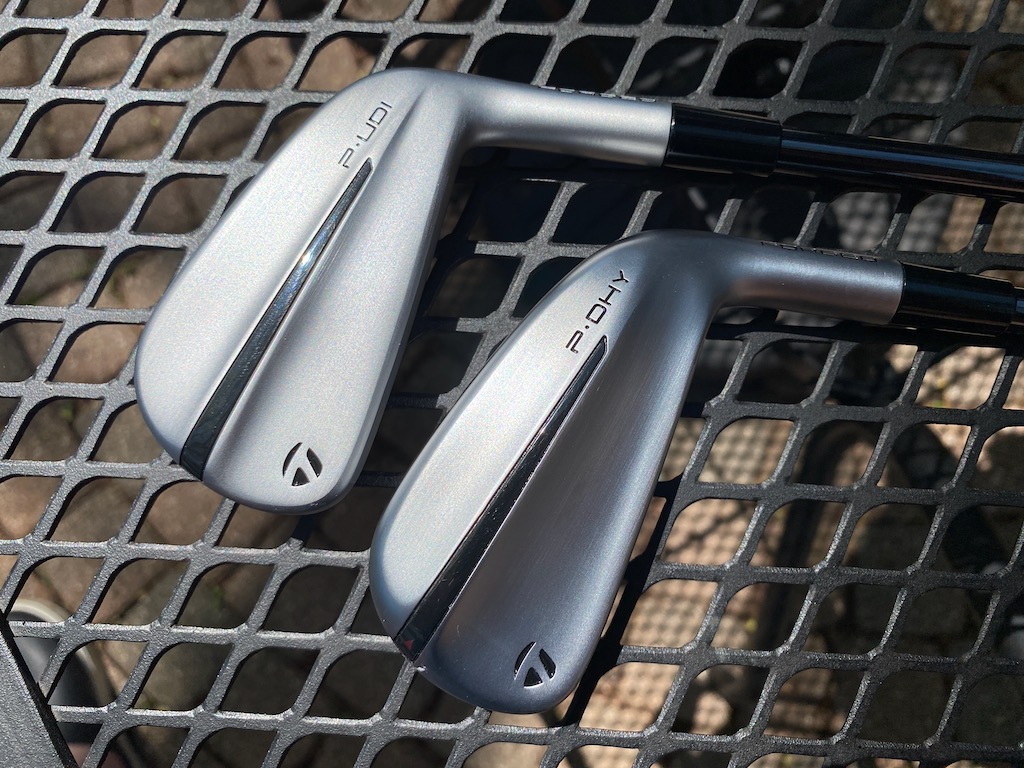
TaylorMade is continuing its UDI/DHY series with the successor to the Stealth UDI and DHY utility irons: PUDI and PDHY (which the company styles as P·UDI and P·DHY). TaylorMade is folding the designs in with its P Series of irons.
TaylorMade outlined the process of developing its new utilities this way. The company started with the data on utility iron usage. Not surprisingly, better players — i.e. those who generate more clubhead speed and strike the ball more precisely — were found to gravitate toward the UDI model. DHY usage, however, covered a wider swath than the company might have expected with six-to-18 handicappers found to be bagging the club.
TaylorMade also found that the majority of golfers playing UDI or DHY utilities were playing P Series irons at the top of their iron configurations.
Can you see where this is going?
Matt Bovee, Director of Product Creation, Iron and Wedge at TaylorMade: “As we look to the future, beyond the tech and the design language, we are excited about repositioning our utility irons into the P·Series family. P·UDI is an easy pair for players that currently play P·Series product and P·DHY is an extremely forgiving option for players of all skill levels. It is a natural fit to give these players the performance in this category that they are looking for.”
View this post on Instagram
TaylorMade PUDI
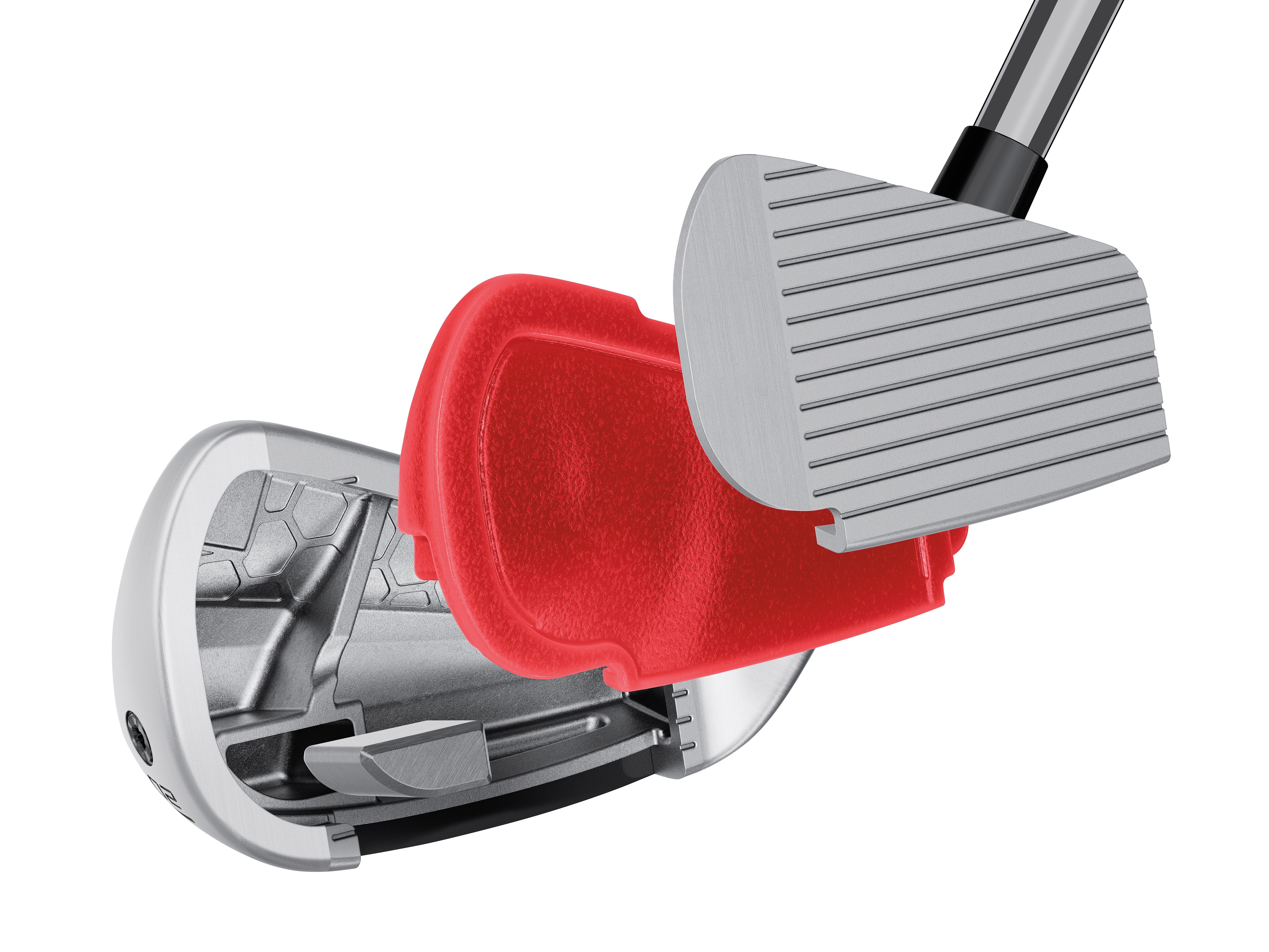
TaylorMade PUDI technology cutaway (via TaylorMade)
Crafted with tour player input, TaylorMade sought to develop a confidence-inspiring utility iron that blends with the rest of the P Series irons. Also of note: Interestingly, the PUDI has a more compact head than the P790.
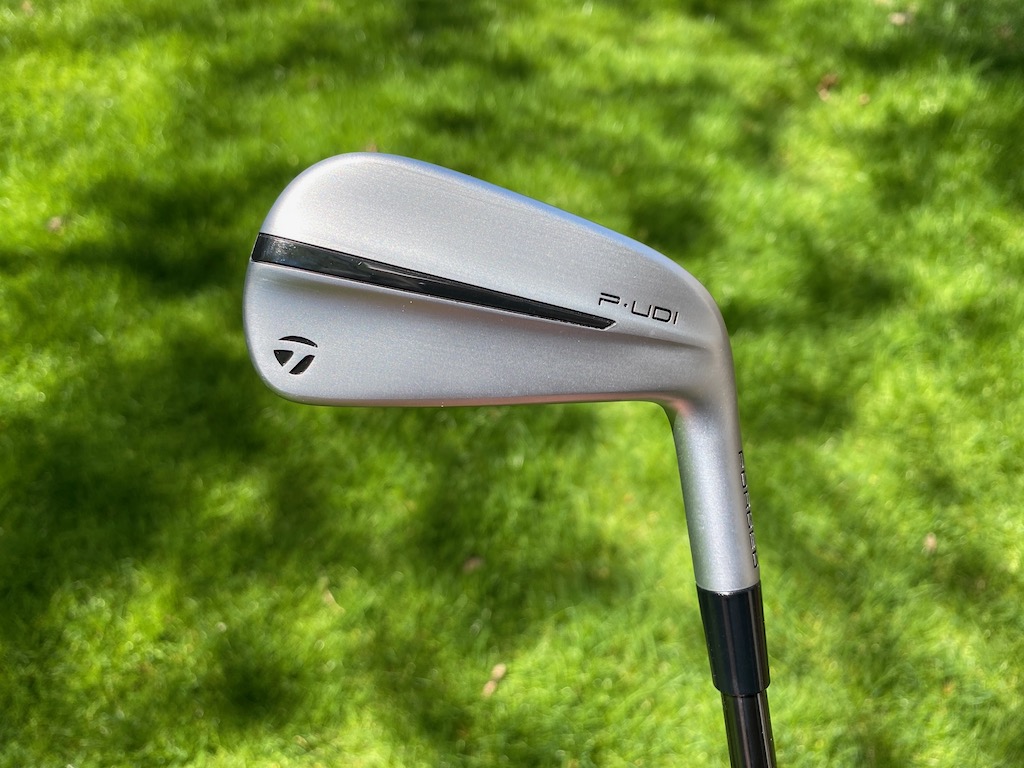
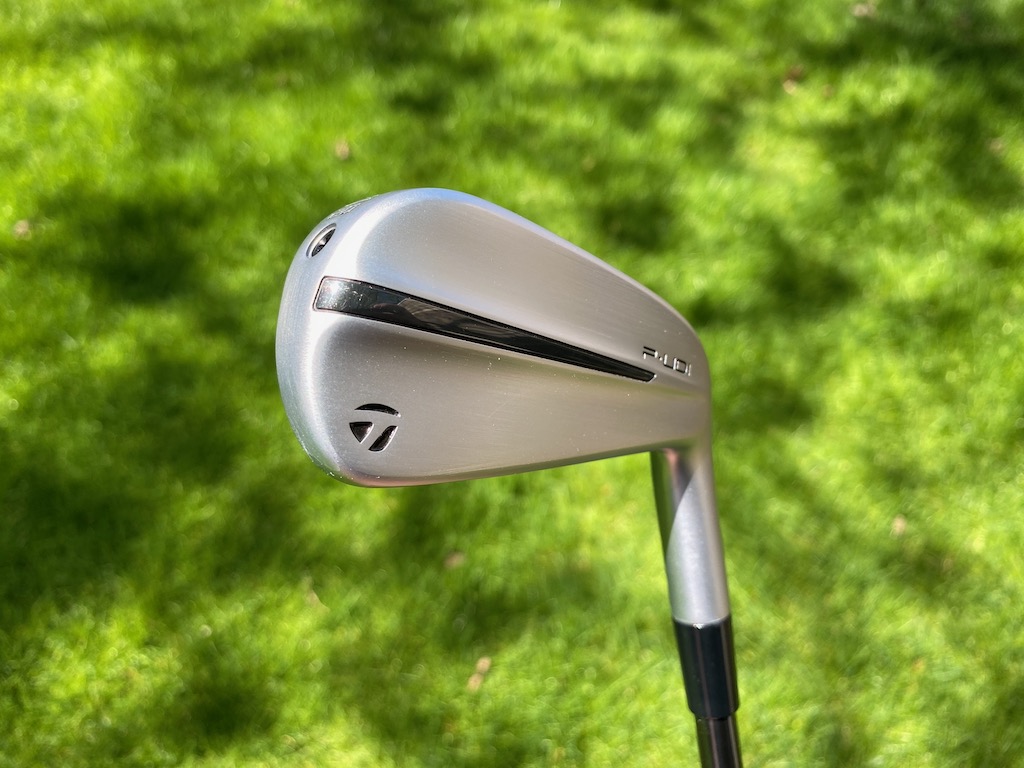
In comparison to past UDI products, the PUDI has a more traditional iron shape, slimmer toplines, and less offset with a little of the backbar visible at address.
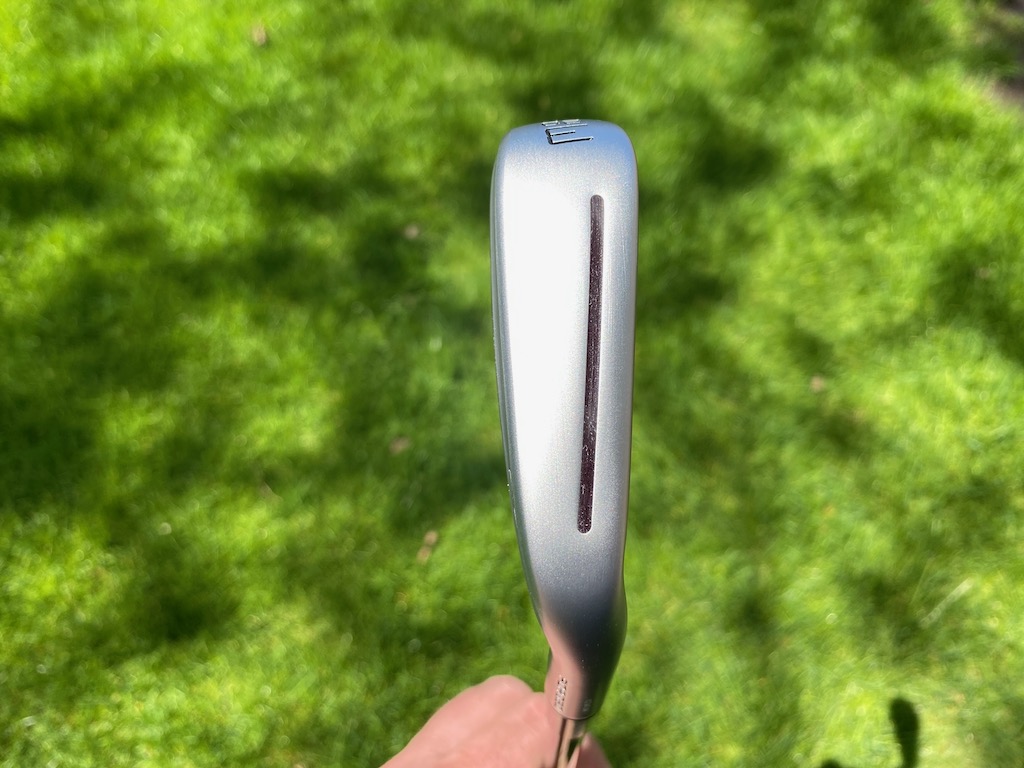

TaylorMade PDHY
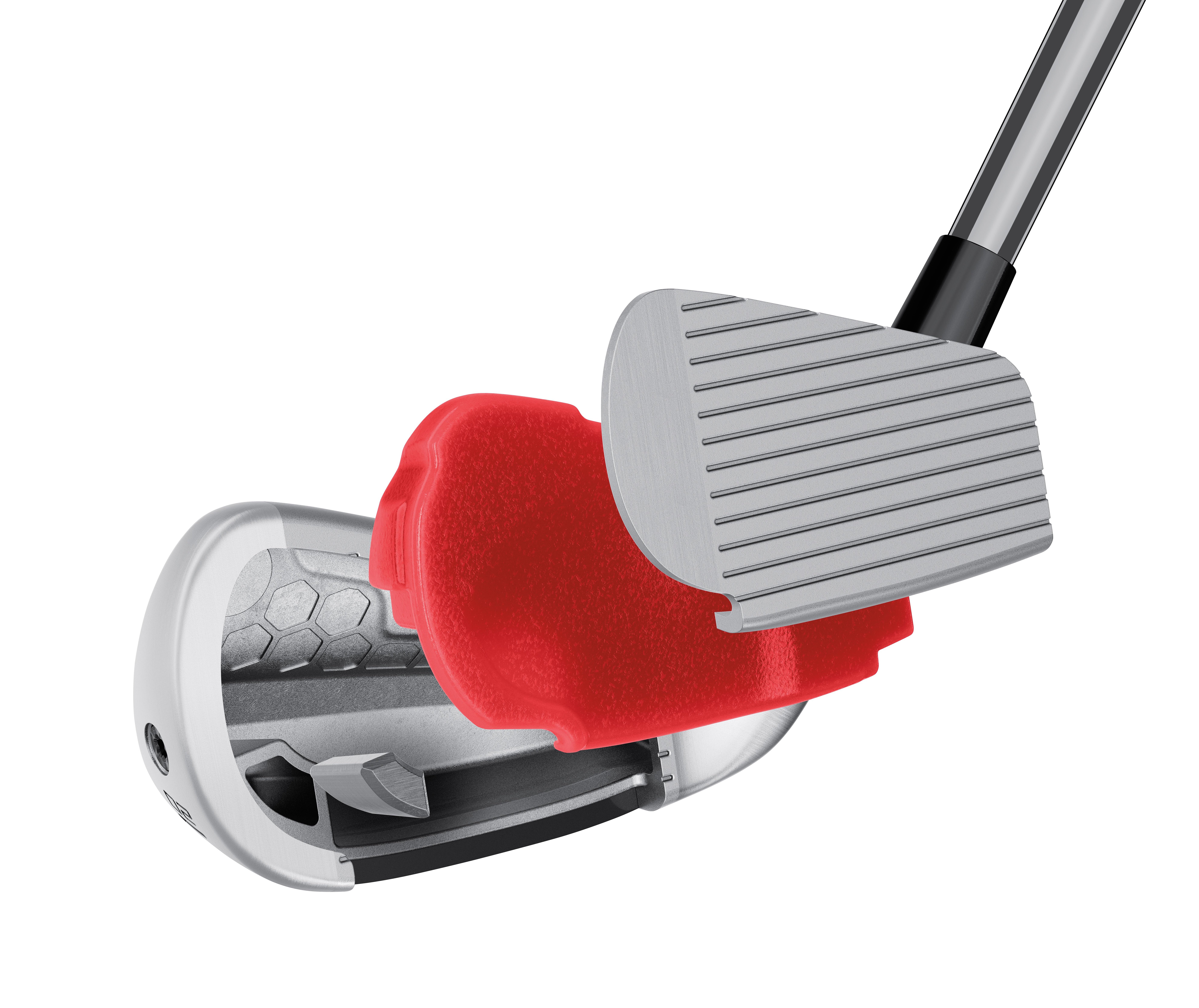
TaylorMade PDHY tech cutaway (via TaylorMade).
Larger in profile than the PUDI, the PDHY seeks to position center of gravity (CG) lower in the club for ease of launch. The toe height is larger and the profile is larger at address — roughly five millimeters longer than PUDI — the sole of the club is wider for improved forgiveness.
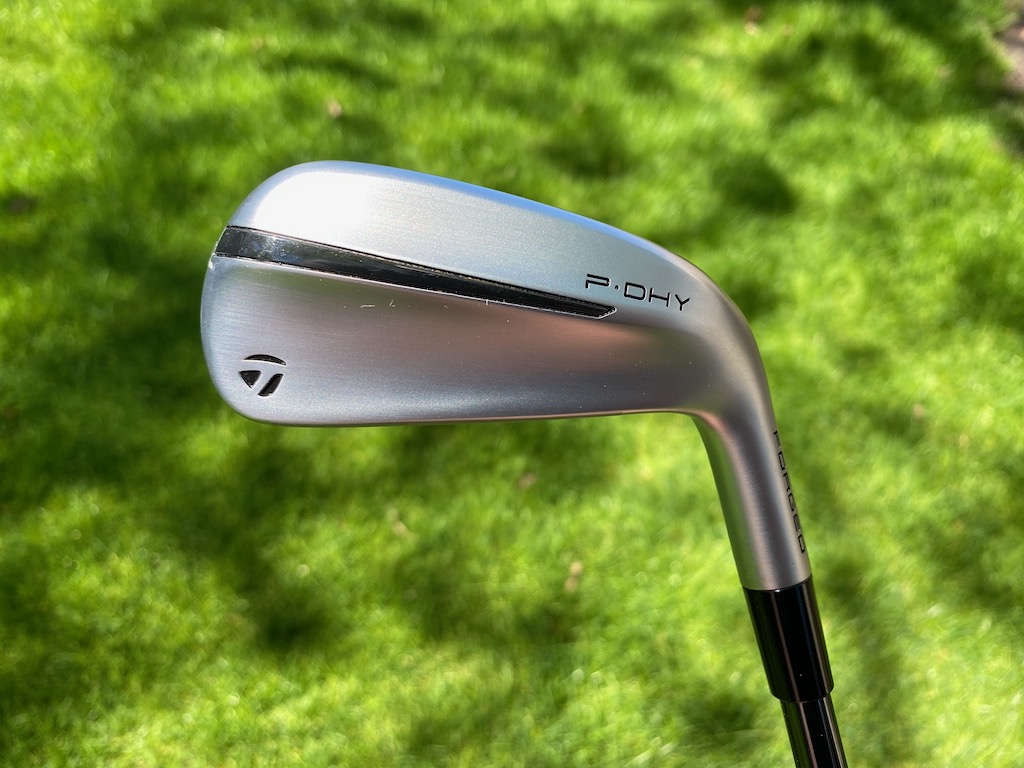



Club Junkie’s take
Golfers who feel like they are missing something at the top of the bag could find the PUDI or PDHY a great option. The look of the PUDI should fit the most discerning eye with a more compact look, less offset, and a thinner topline. If you want a little more confidence looking down the P-DHY will be slightly larger while still being a good-looking utility iron.
For being small packages both models pack a pretty good punch with fast ball speeds, even off-center. The feel is soft and you get a solid feel of the ball compressing off the face when you strike it well. Your ears are greeted with a nice heavy thud as the ball and club come together. The PDHY will launch a little higher for players who need it while the PUDI offers a more penetrating ball flight. Both utility irons could be the cure for an open spot in the top end of the bag.
PUDI, PDHY, or Rescue?
TaylorMade offers the following notes to assist golfers in filling out their bags:
- PUDI has mid-CG right behind the center face to create a more penetrating mid-to-low ball flight
- PDHY has a lower center of gravity to produce an easier-to-launch mid-to-high ball flight.
- Both PUDI and PDHY are lower-flying than the company’s hybrid/Rescue clubs.
- PUDI is more forgiving than P790.
- PDHY is the most forgiving iron in the entire TaylorMade iron family
Pricing, specs, and availability
Price: $249.99
At retail: Now
Stock shafts: UST Mamiya’s Recoil DART (105 X, 90 S and 75 R – only in PDHY)
Stock grip: Golf Pride’s ZGrip (black/grey)
PUDI lofts: 2-17°, 3-20°, 4-22° in both left and right-handed
PDHY lofts: 2-18°, 3-20° and 4-22° in both left and right-handed
- LIKE5
- LEGIT2
- WOW0
- LOL0
- IDHT0
- FLOP0
- OB0
- SHANK0
Equipment
Coolest thing for sale in the GolfWRX Classifieds (5/3/24): Scotty Cameron Champions Choice 2.5+ putter

At GolfWRX, we are a community of like-minded individuals that all experience and express our enjoyment of the game in many ways.
It’s that sense of community that drives day-to-day interactions in the forums on topics that range from best driver to what marker you use to mark your ball. It even allows us to share another thing we all love – buying and selling equipment.
Currently, in our GolfWRX buy/sell/trade (BST) forum, there is a listing for a Scotty Cameron Champions Choice 2.5+ putter
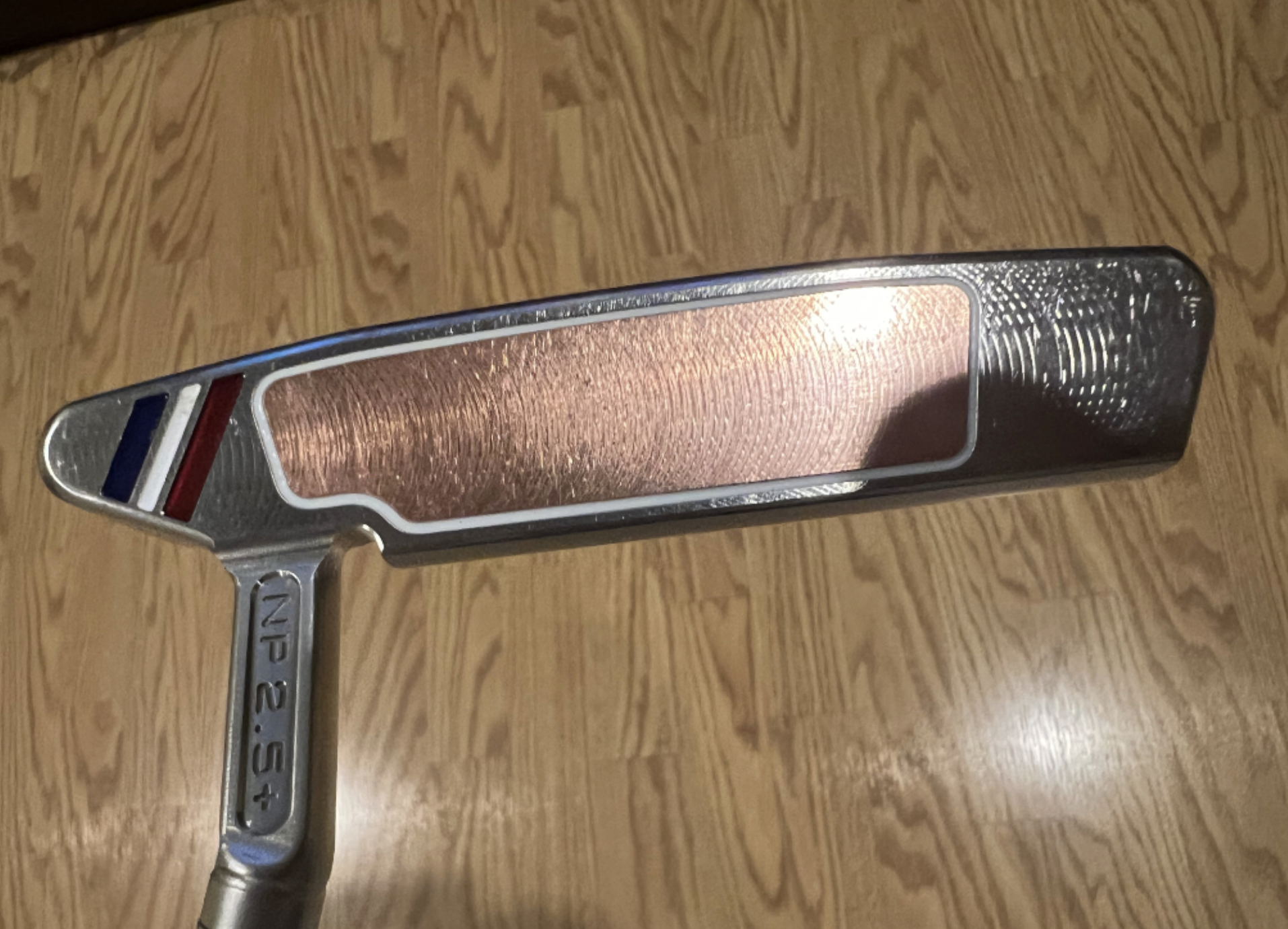
From the seller: (@wwcl): “Has been gamed as pics show. 33.5 includes original h/c and grip. $575 includes shipping and PP fees.”
To check out the full listing in our BST forum, head through the link: Scotty Cameron Champions Choice 2.5+ putter
This is the most impressive current listing from the GolfWRX BST, and if you are curious about the rules to participate in the BST Forum you can check them out here: GolfWRX BST Rules
- LIKE1
- LEGIT1
- WOW0
- LOL0
- IDHT0
- FLOP0
- OB0
- SHANK0
-

 19th Hole2 weeks ago
19th Hole2 weeks agoJustin Thomas on the equipment choice of Scottie Scheffler that he thinks is ‘weird’
-

 19th Hole2 weeks ago
19th Hole2 weeks ago‘Absolutely crazy’ – Major champ lays into Patrick Cantlay over his decision on final hole of RBC Heritage
-

 19th Hole3 weeks ago
19th Hole3 weeks agoTwo star names reportedly blanked Jon Rahm all week at the Masters
-

 19th Hole2 weeks ago
19th Hole2 weeks agoReport: LIV Golf identifies latest star name they hope to sign to breakaway tour
-

 19th Hole3 weeks ago
19th Hole3 weeks agoNeal Shipley presser ends in awkward fashion after reporter claims Tiger handed him note on 8th fairway
-

 19th Hole2 weeks ago
19th Hole2 weeks agoBrandel Chamblee has ‘no doubt’ who started the McIlroy/LIV rumor and why
-

 19th Hole1 week ago
19th Hole1 week agoLET pro gives detailed financial breakdown of first week on tour…and the net result may shock you
-

 Equipment2 weeks ago
Equipment2 weeks agoJason Day on his recent switch into Srixon ZX5 and ZX7 Mk II irons

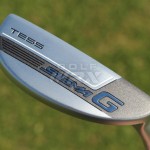
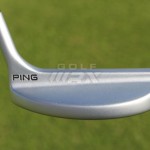
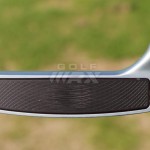
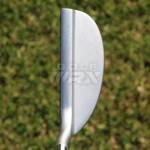
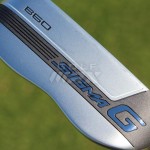
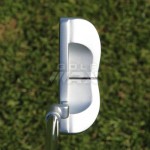
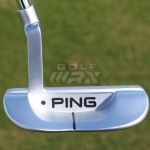
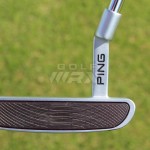
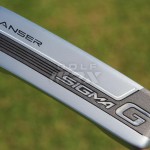
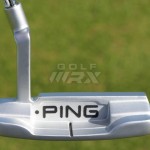
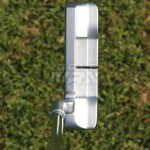
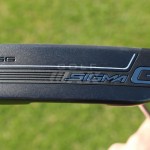
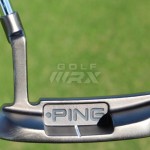
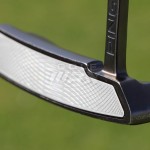
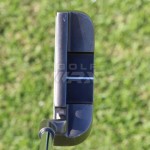


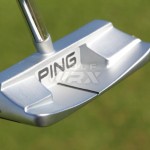
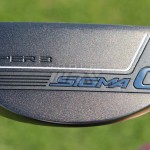
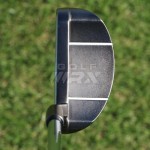
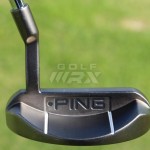
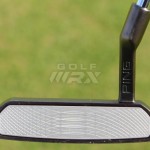
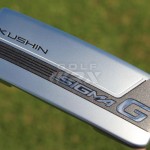
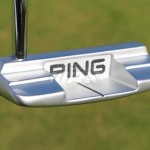
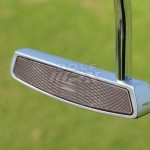
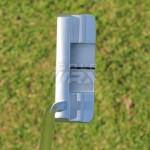

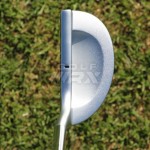
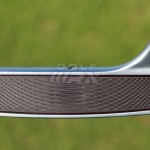
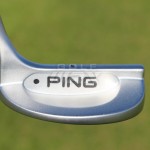

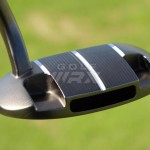
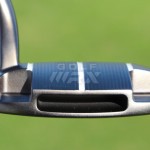

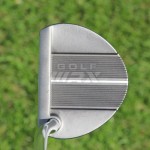
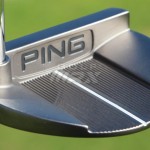
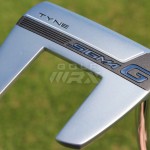
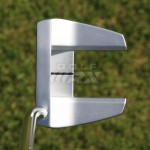
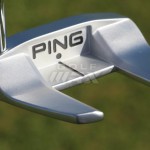
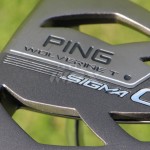
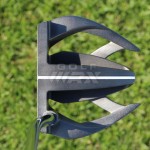


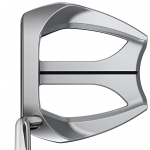


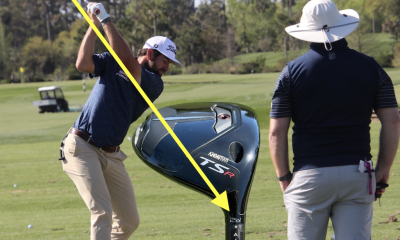

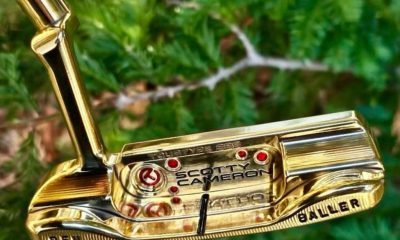



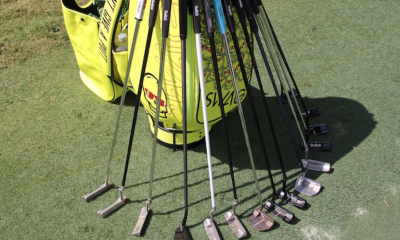

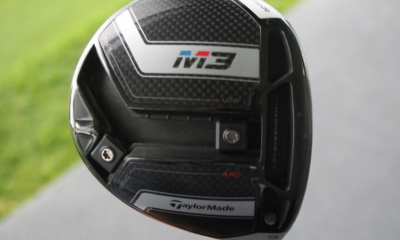

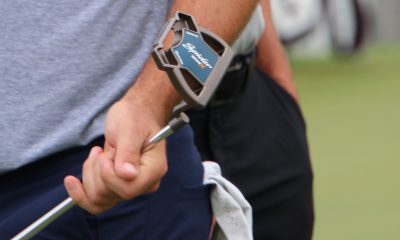
















Phil
Jan 29, 2017 at 4:15 pm
Tyne or kushin? anyone have feedback? I was thinking the tyne for MOI boost, but i have a scotty squareback that i love the headshape of so the kushin would be an easier switch.
Marcello
Jan 26, 2017 at 2:17 pm
Hit the Kushin and it was great. The insert is the evolution of the TR design.
I’m ordering one.
Mat
Jan 26, 2017 at 5:12 am
You listed the Kinloch C twice.
Dave R
Jan 25, 2017 at 9:43 pm
What’s with the inserts . Awful looking
Mr.Nodoubt
Jan 25, 2017 at 4:43 pm
There’s about 4 models I want.
Christopher
Jan 25, 2017 at 1:48 pm
Not sure about the look of the insert (it doesn’t really go with a $200 putter), but it’s fantastic to see the Tess back in the line-up.